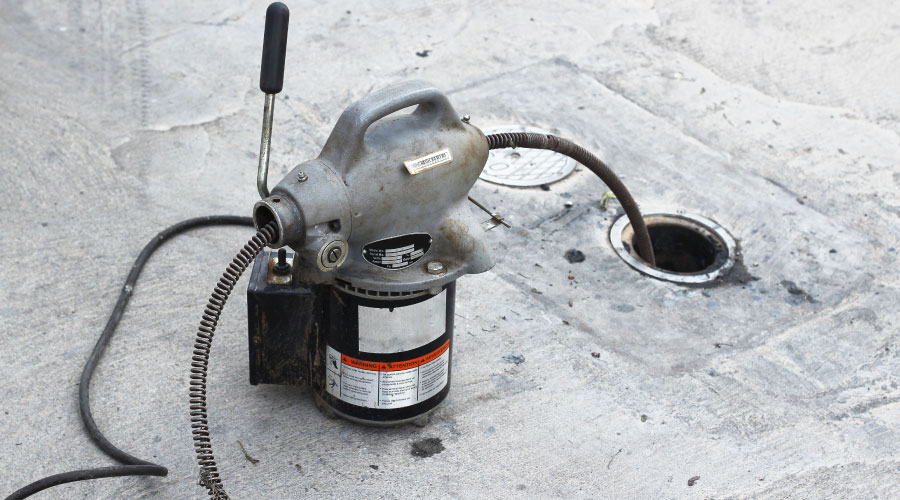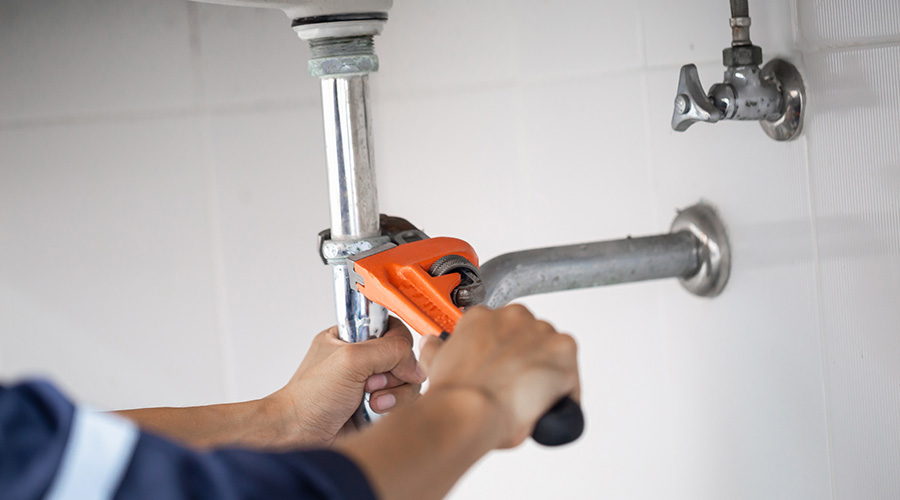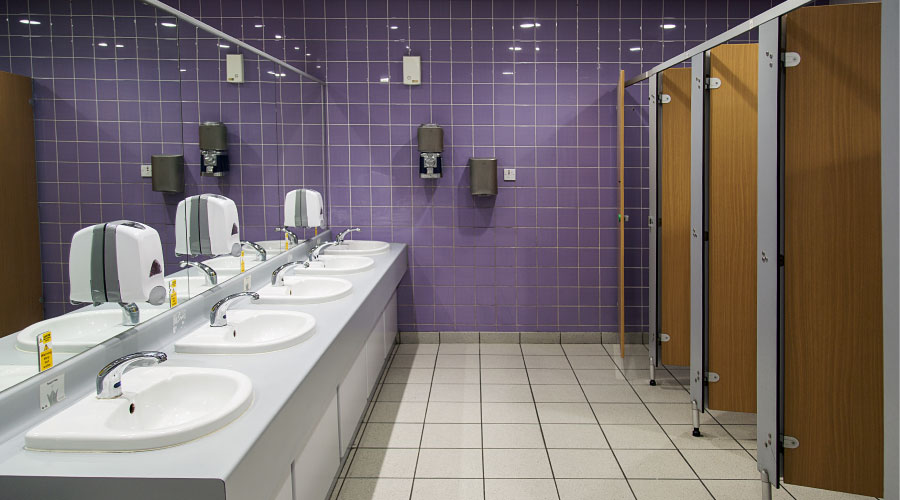Proper PPE Essential when Using Drain-Cleaning Equipment
Safe and effective use of drain-cleaning equipment also requires technicians' proper use of personal protective equipment. Two important safety items essential to drain cleaning are glasses or goggles with side shields and gloves.
Eye protection is an important safeguard against flying solid objects or caustic liquids, which can become airborne when the cable under tension is suddenly released. Gloves protect a technician's hands from sharp objects and are especially important for the hand that guides the cable into and out of the drain. Sudden release of a stoppage can cause the cable to spin rapidly enough — about 400 rpm, which can burn or cut bare hands.
Managers and technicians also must pay attention to the condition of work areas, including proper ventilation and lighting and a dry work surface. Sufficient ventilation minimizes the danger presented by fumes and dust, which can ignite from sparks produced by power tools. Well-lighted work areas can help technicians see potential trip-and-fall hazards.
Technicians also need to be aware of risks presented by ponding water from backed-up drains. One good safety practice is to stand on boards or a solid pallet to prevent electrical shock from grounding through water. Technicians also should check safety features on tools before taking it to the job site.
This practice also saves time that technicians can lose when returning to the crib to replace a defective tool. Power tools should have a grounding prong on the plug, and the outlet used should be protected by a ground fault circuit interrupter. Technicians also should check cords for insulation damage or kinks before use, and tool switches should be in off position to prevent accidental starting when plugging into an outlet.
Since drain rodders can suddenly hit blocks or stoppages, technicians should never force them. Instead, they should use short forward and reverse movements of the cable to prevent jamming and breakage.
Technicians also should always turn off and unplug the tool to add cable or change cutters, as well as use goggles and extra caution if operating a power rodder or water jet on a drain that contains chemical drain cleaners. Some cleaners are caustic and cause serious burns. To provide better control technicians can use a leather mitt designed for holding the cable as it is fed into the drain.
Related Topics:













